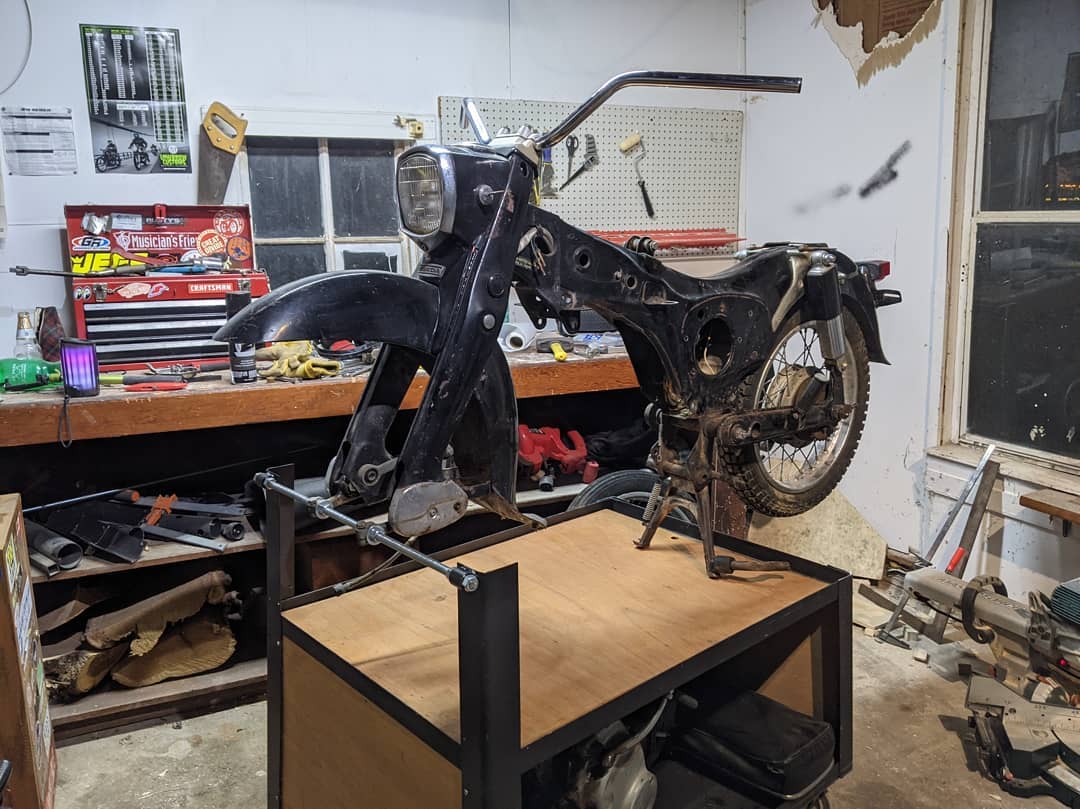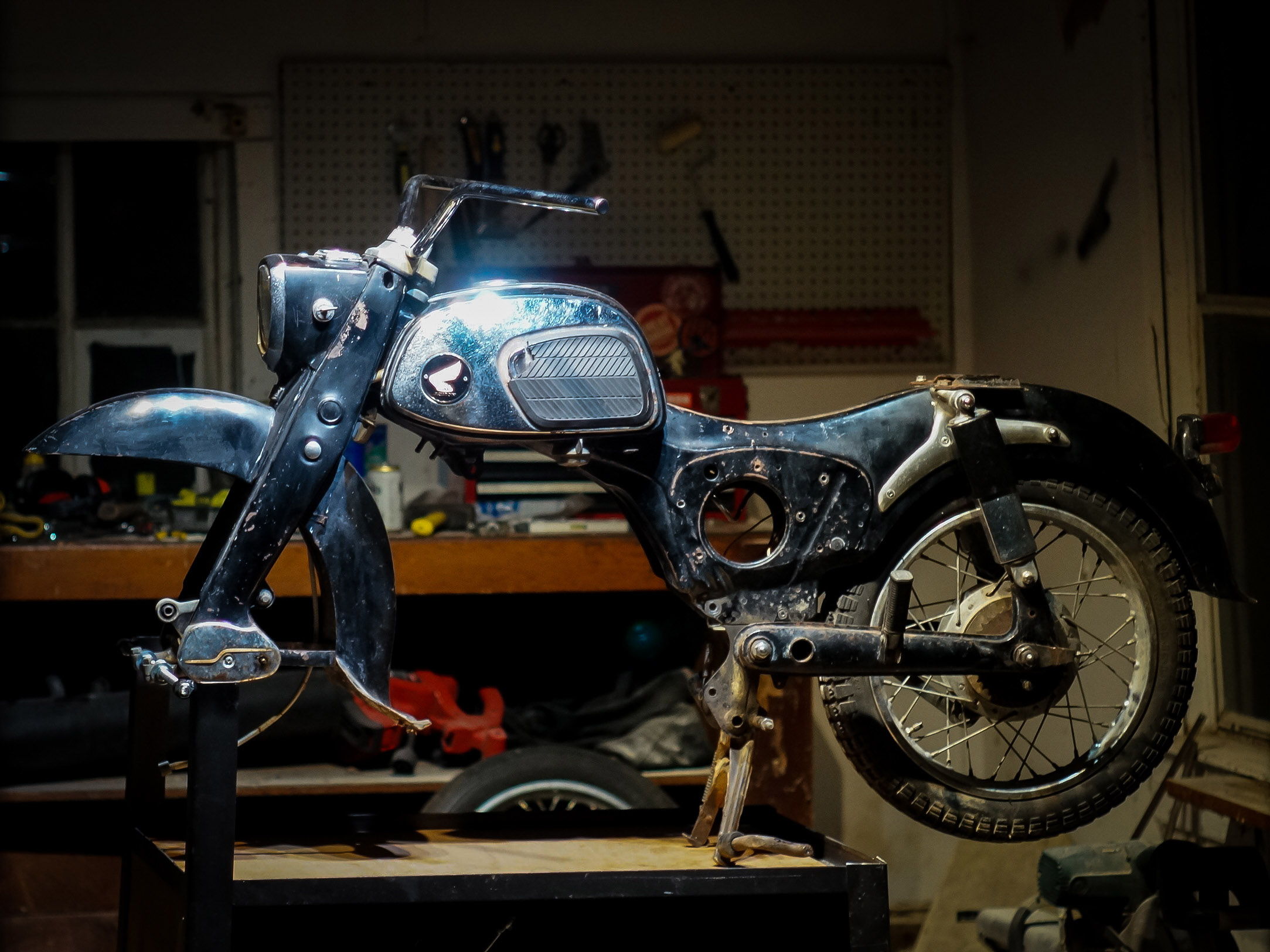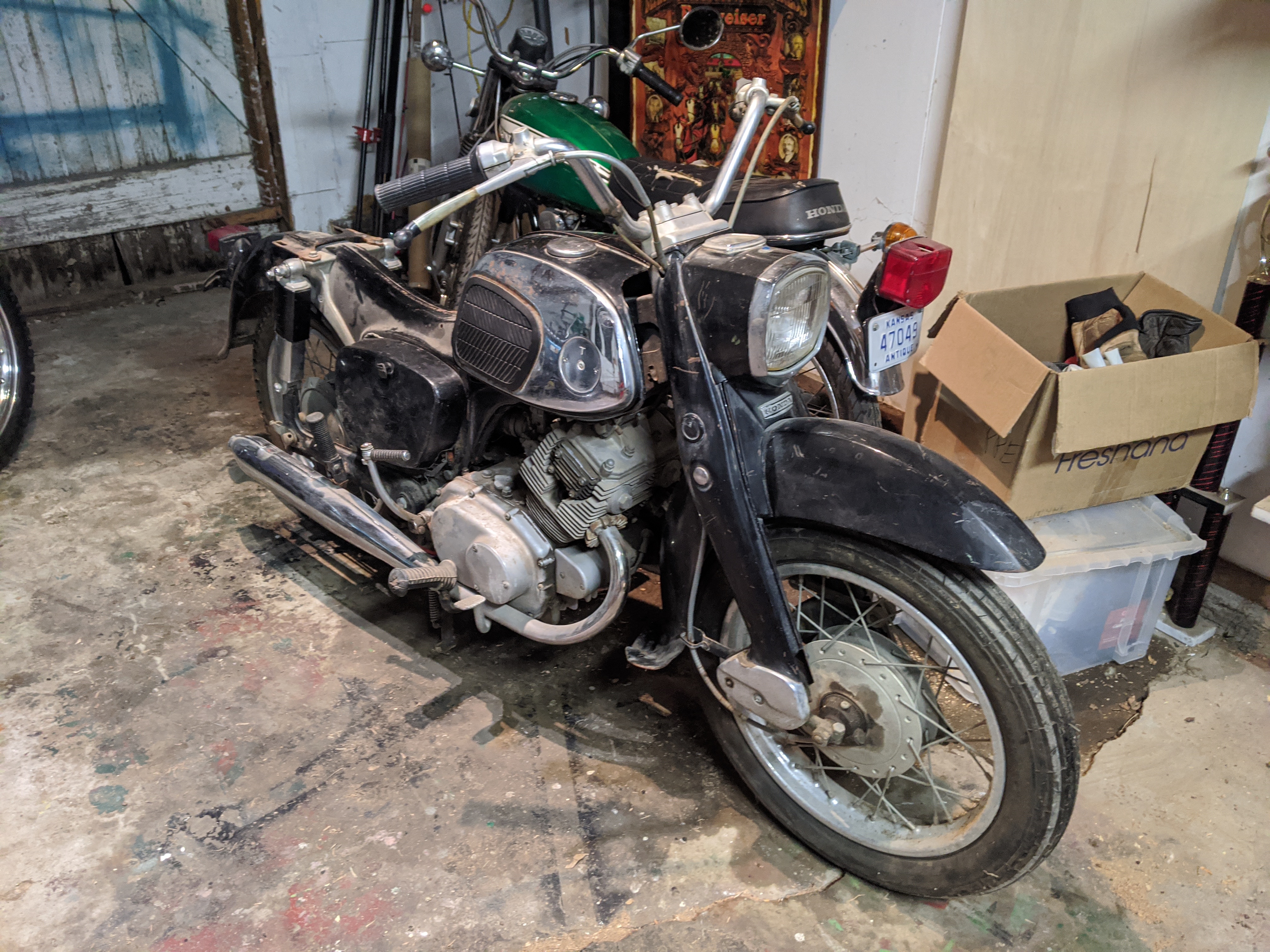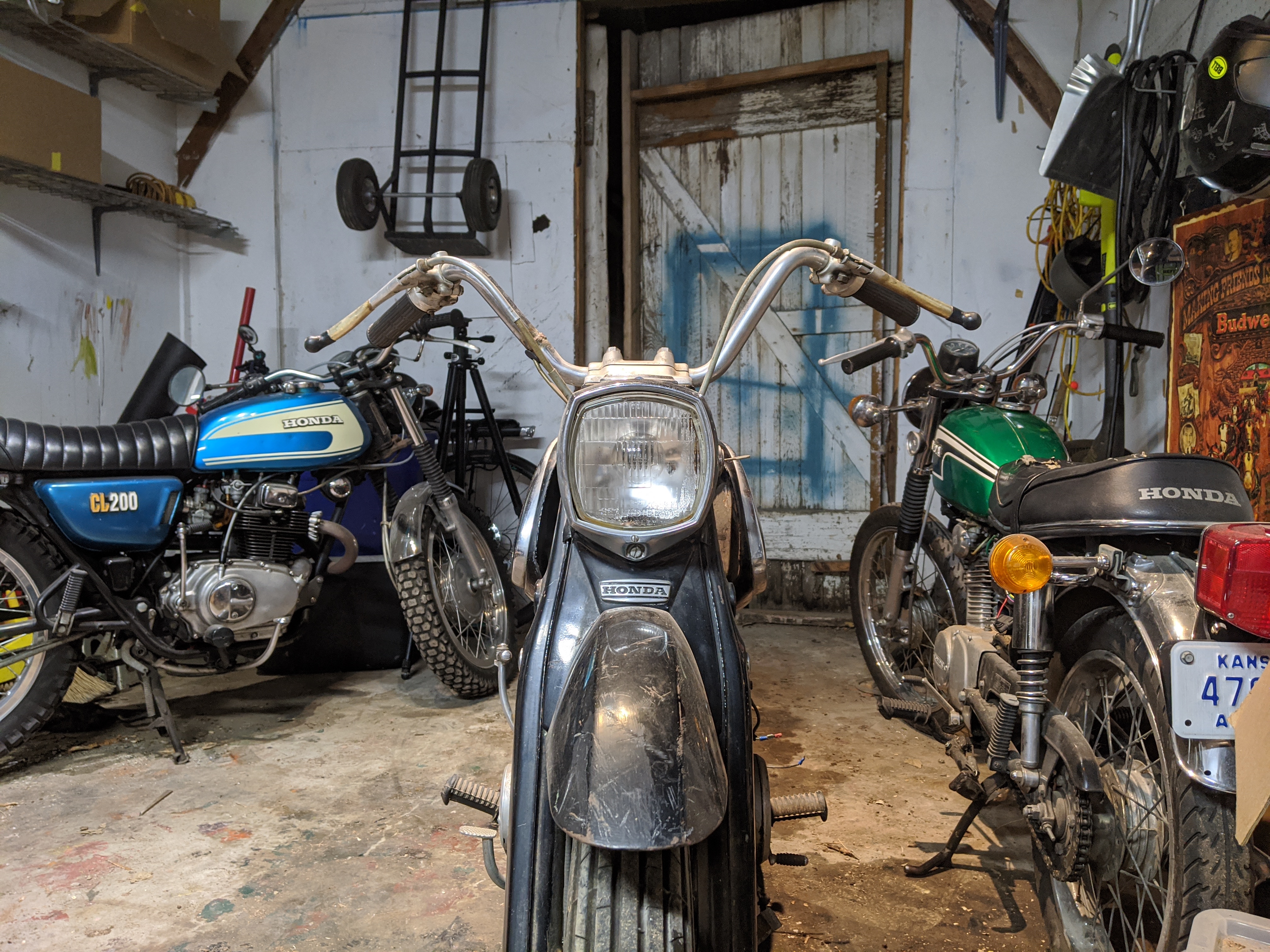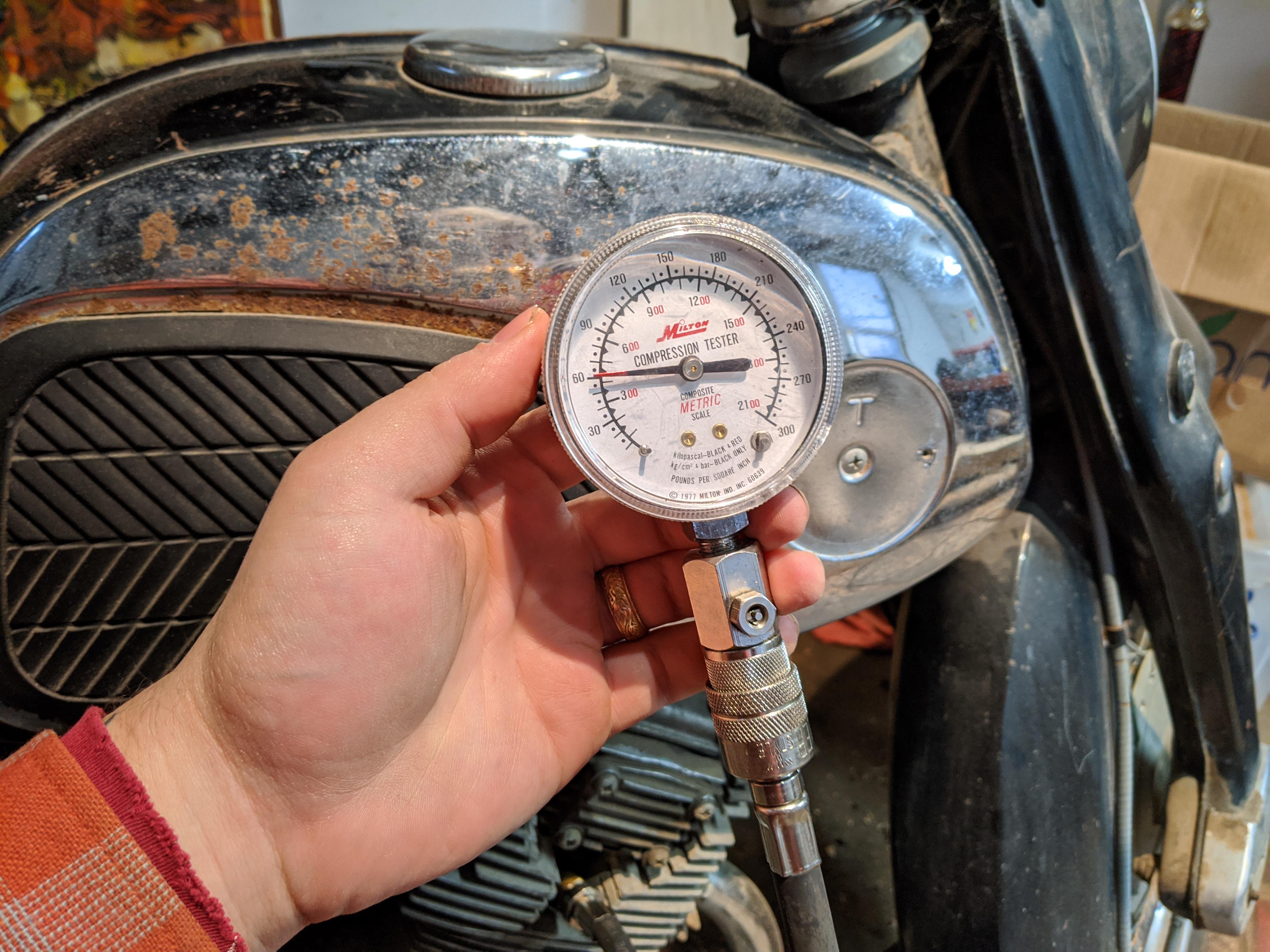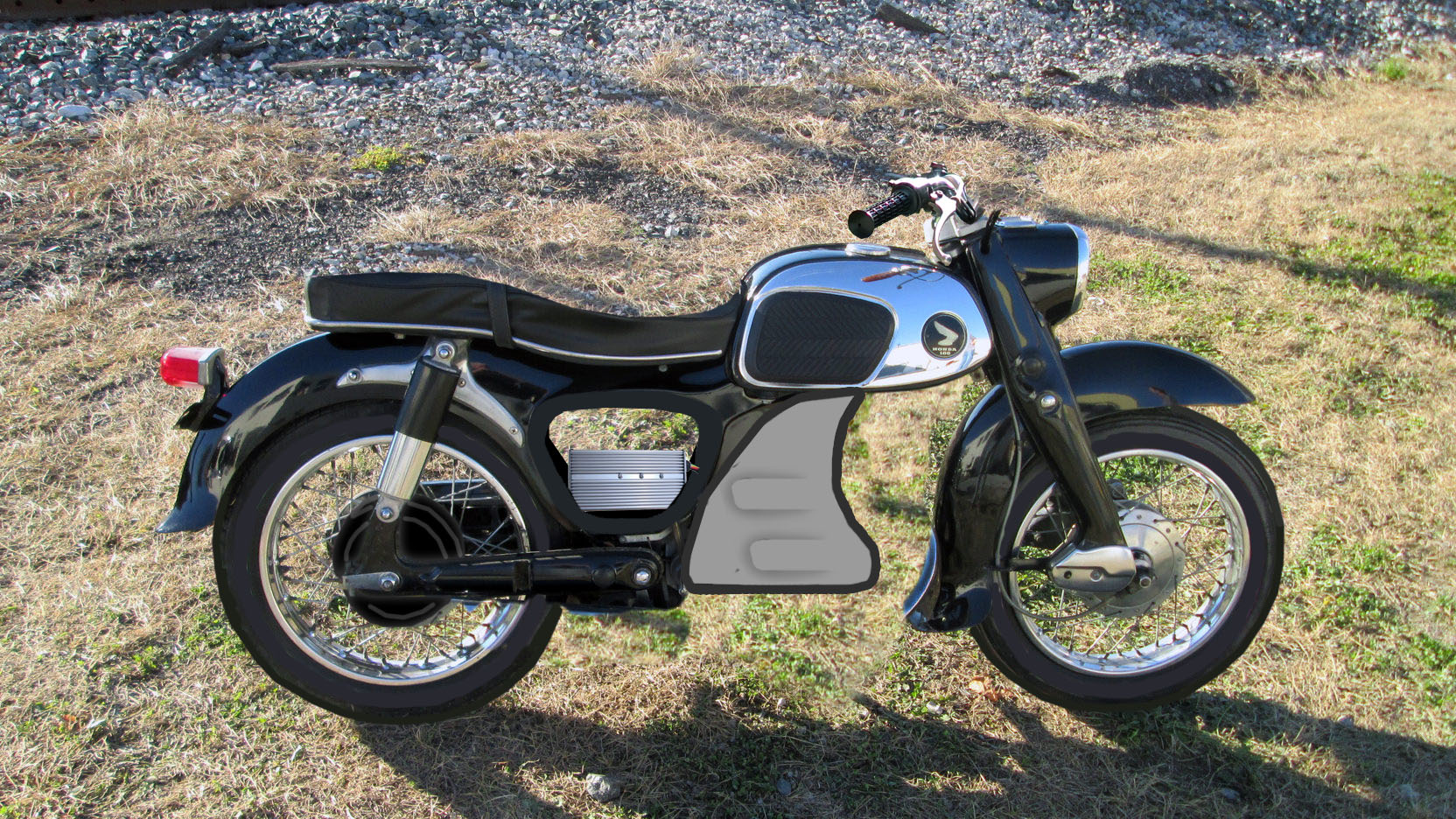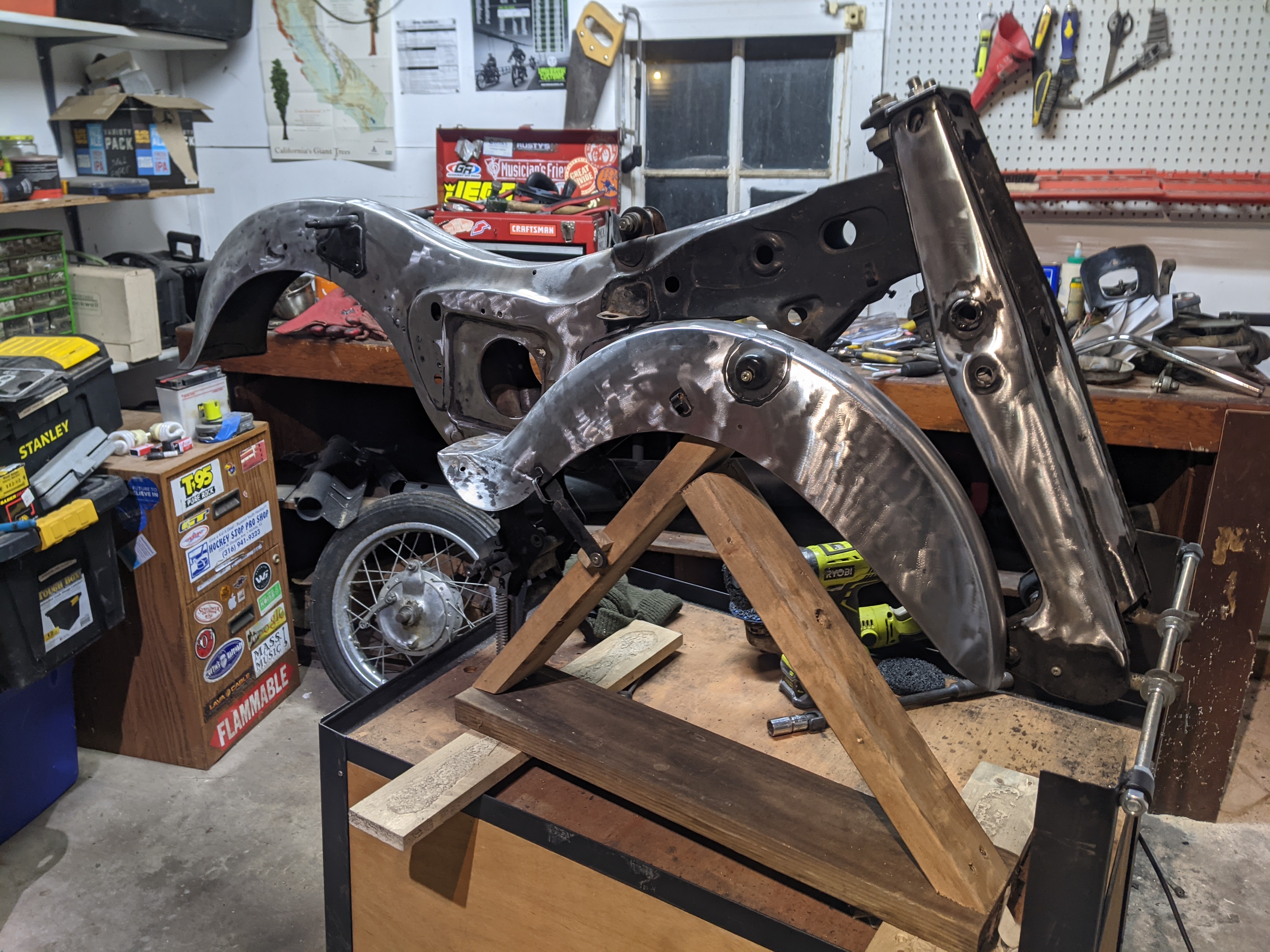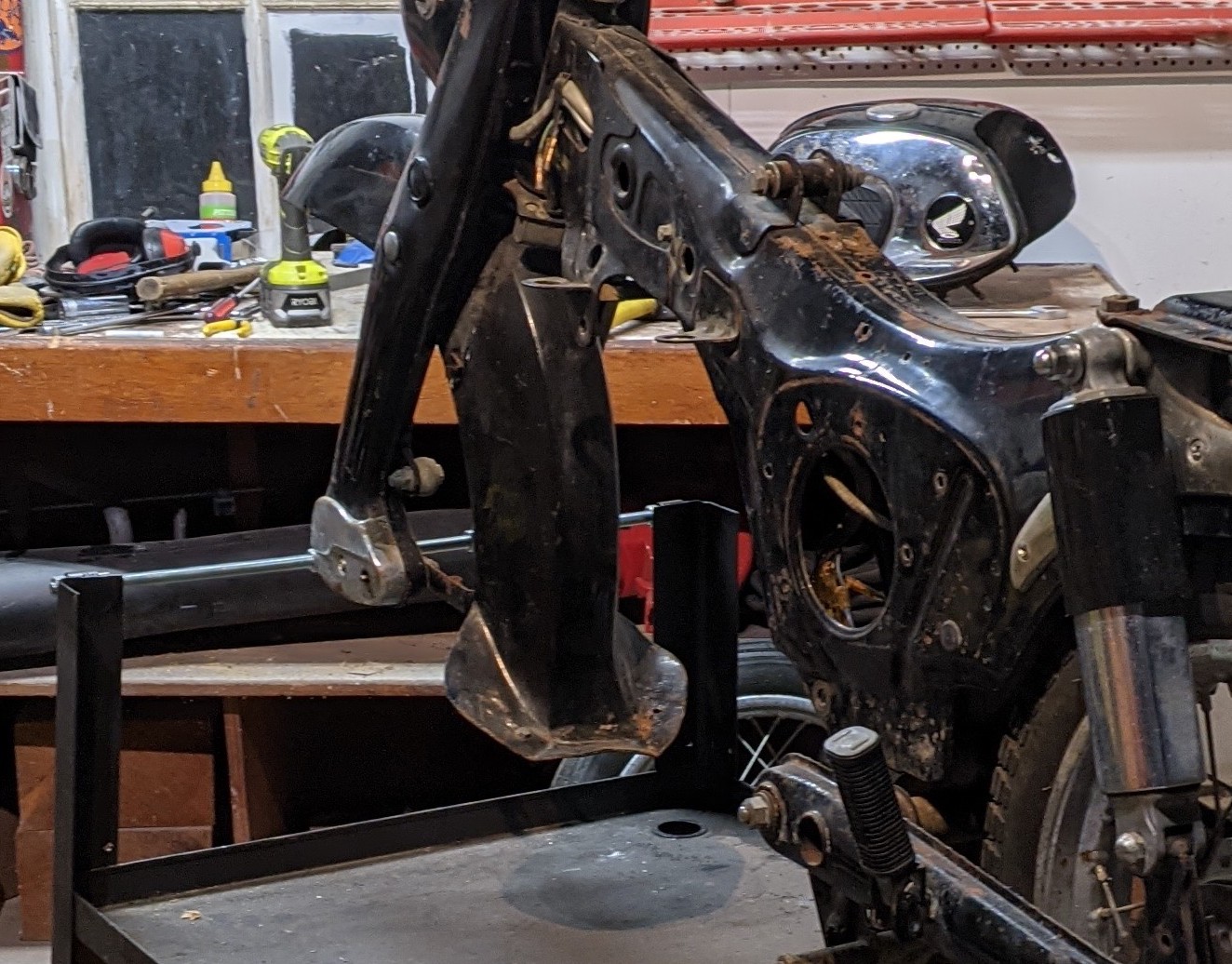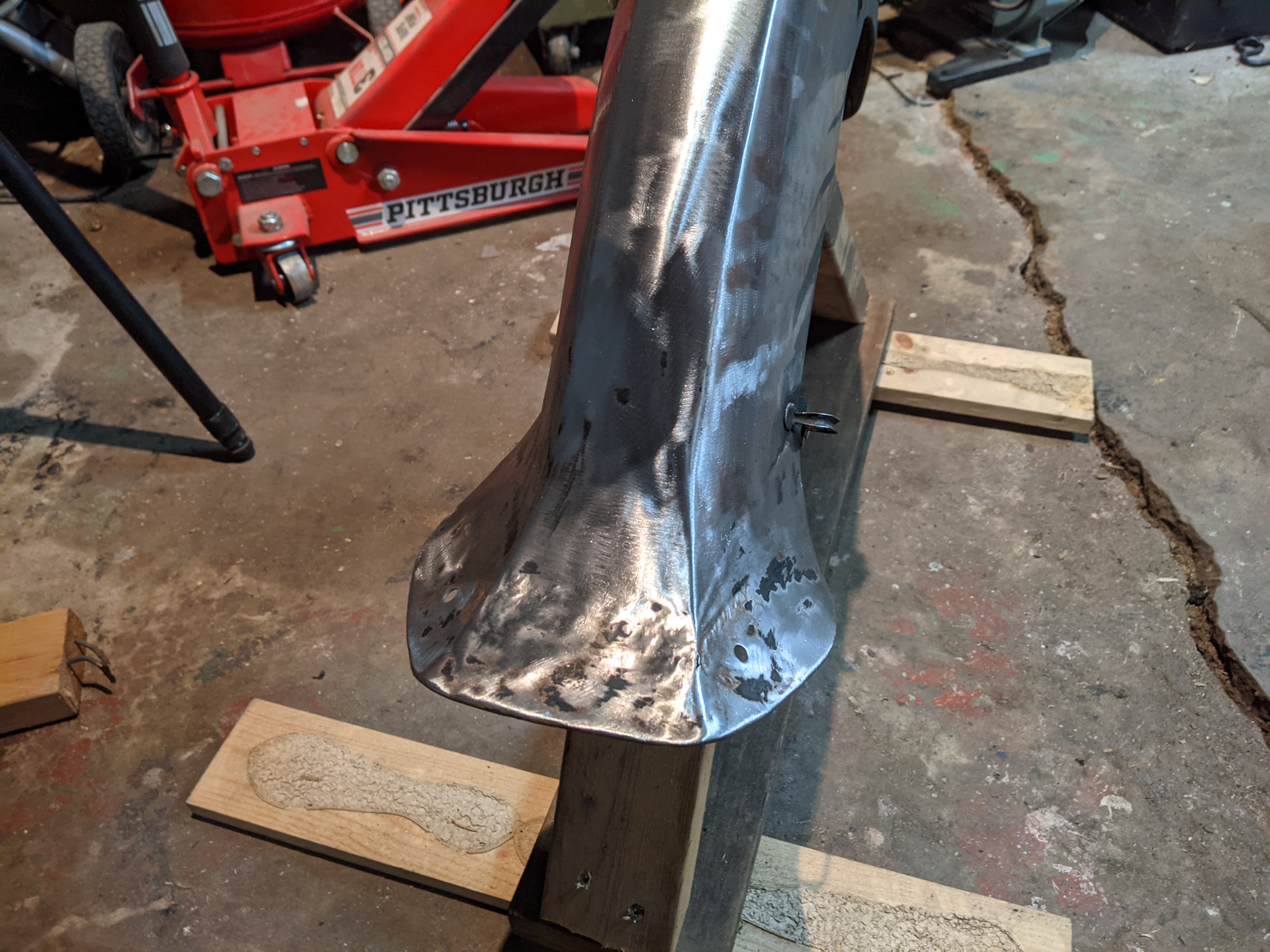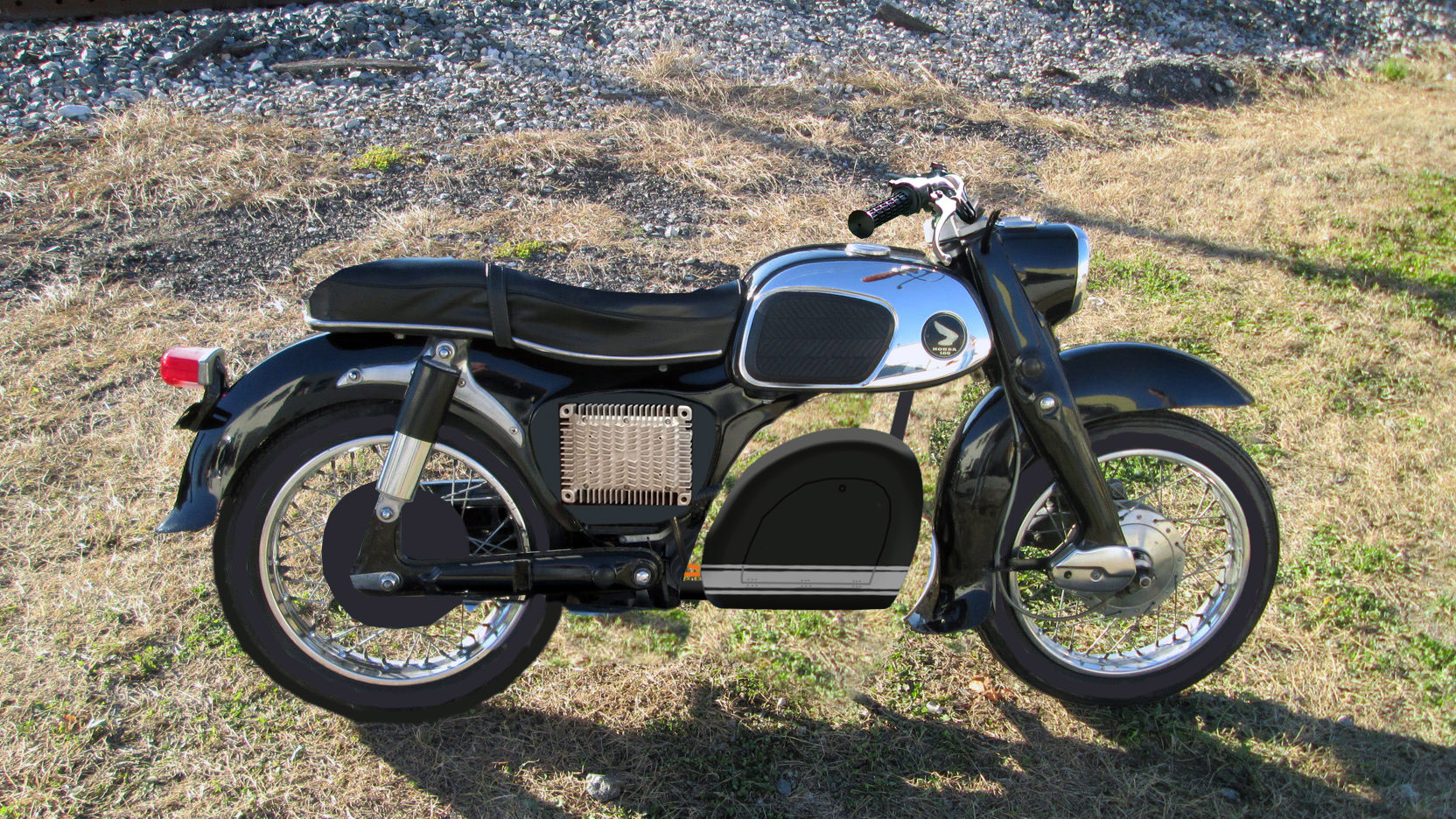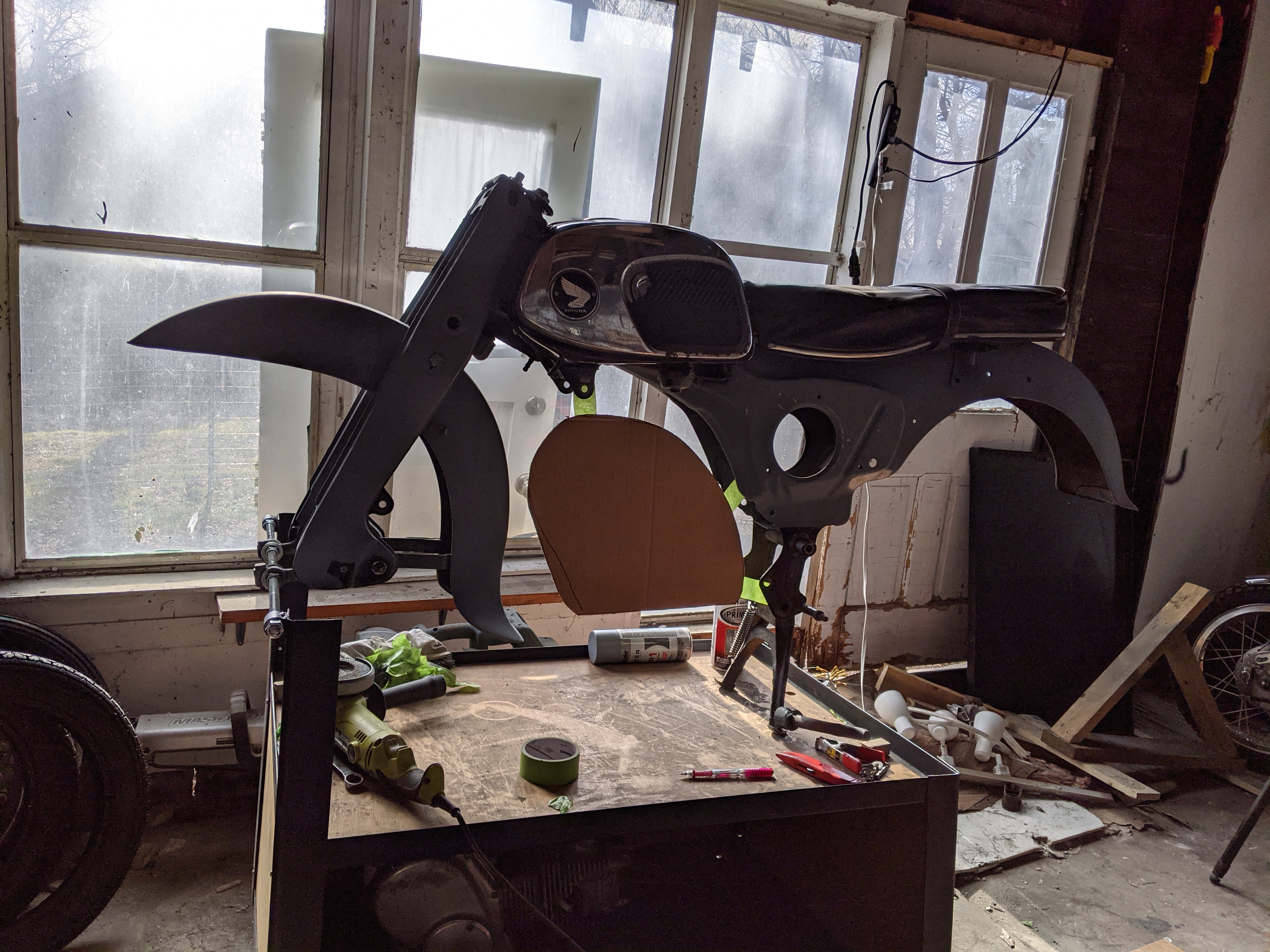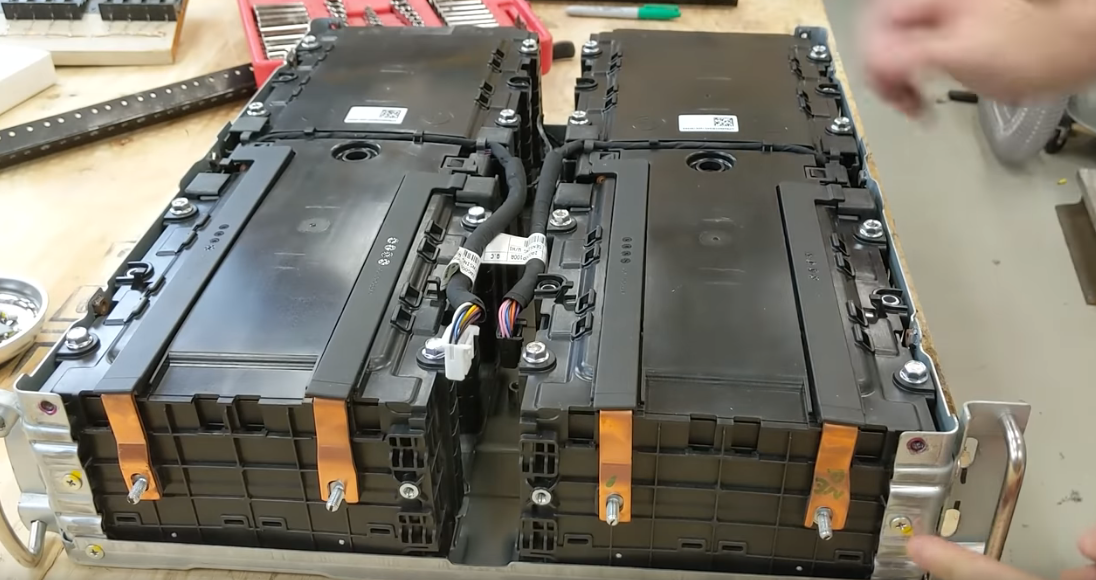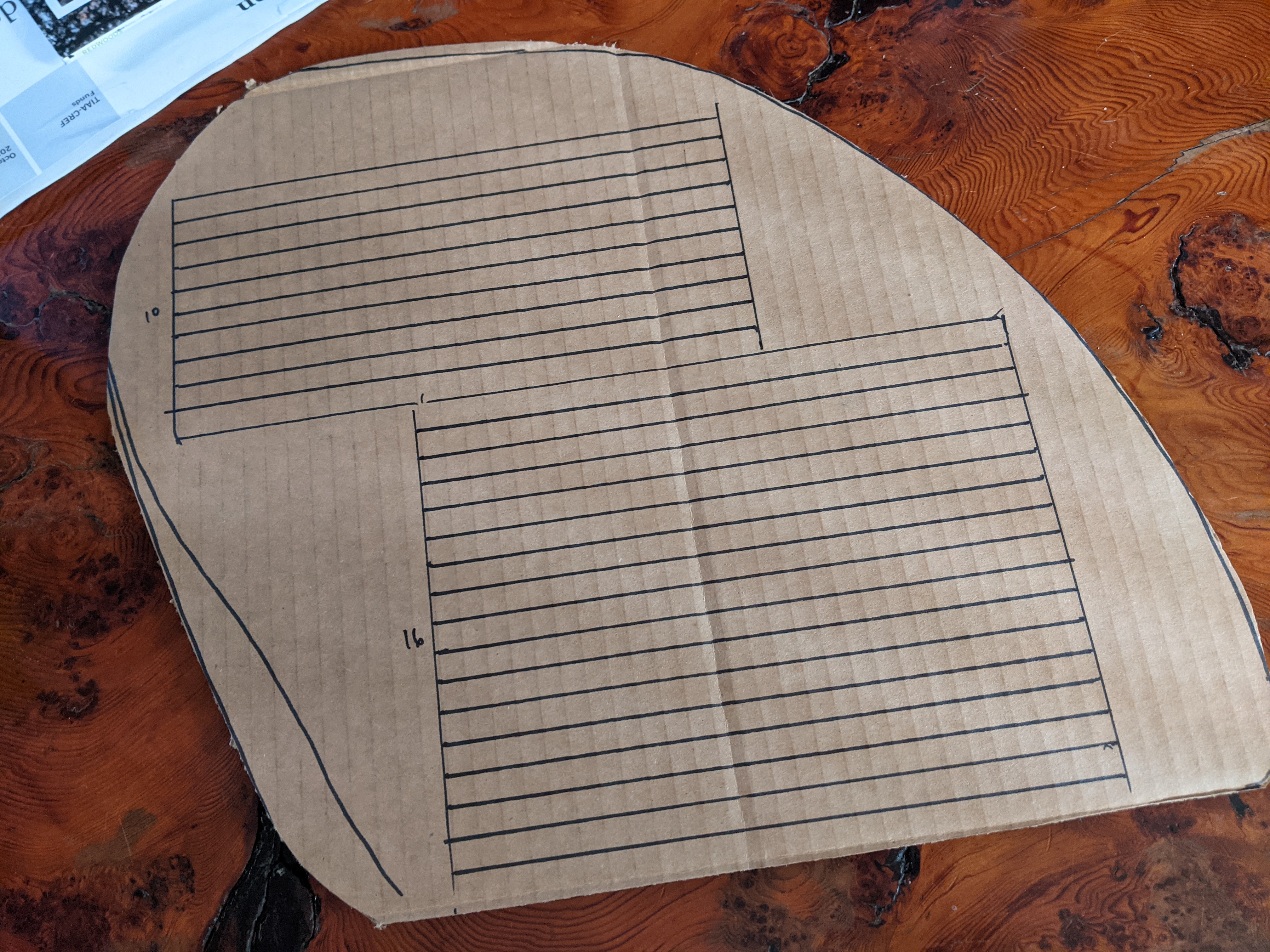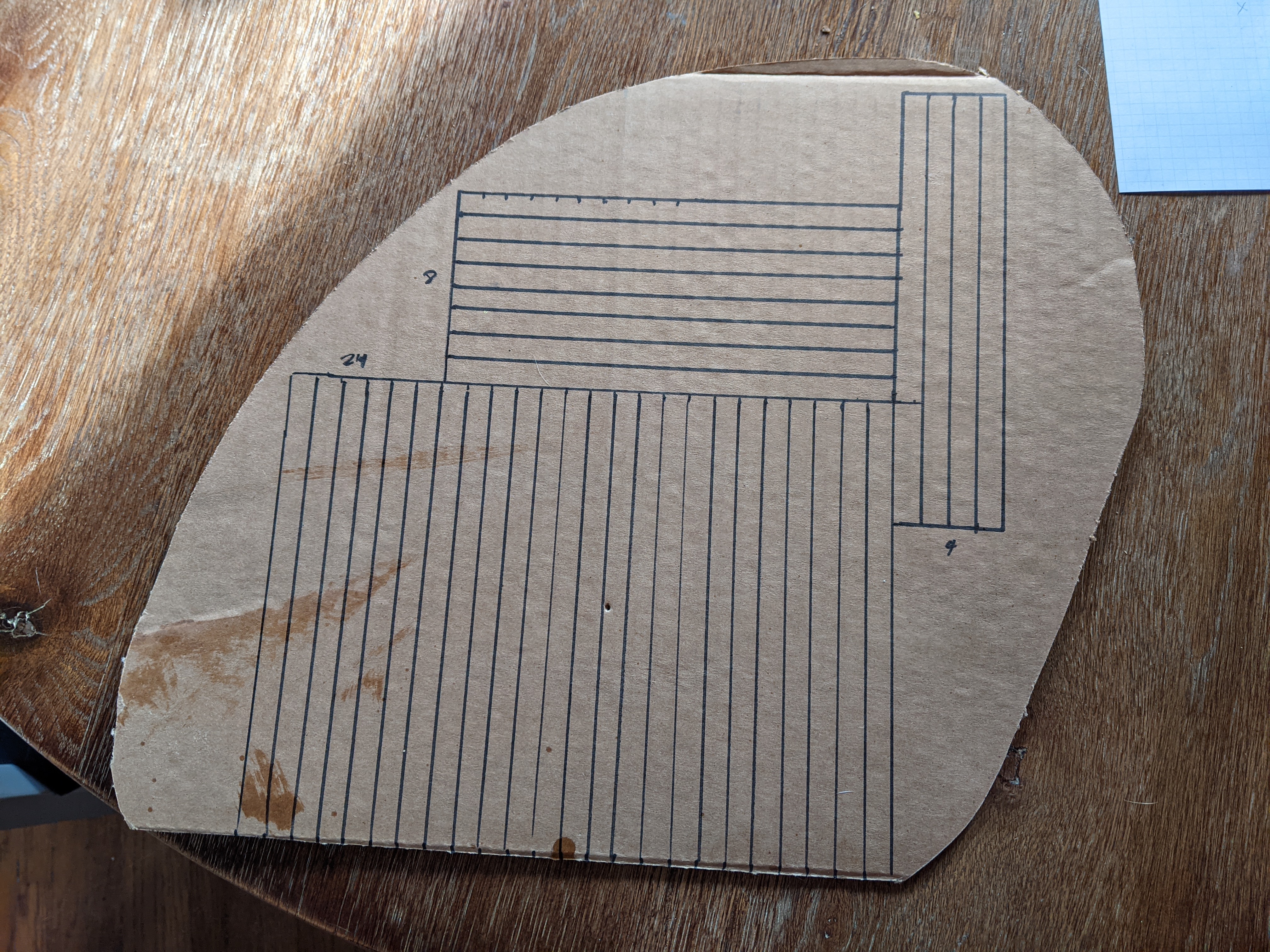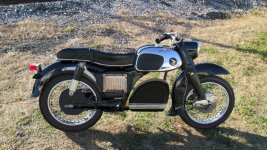mannydantyla
100 W
- Joined
- Dec 4, 2020
- Messages
- 127
Hi guys!
I'm converting a Honda CA160 to electric and I'm going to need lots of help and advice from this forum because I've never done anything like this before. I have experience with electricity but not with high voltage batteries and electric motors.
I'm putting the project on youtube and here is the first video:
[youtube]FtBMTKIRqpQ[/youtube]
PLEASE watch the part about the motor selection and let me know if I am right or wrong!
Too Long/Didn't Watch: I'm not sure that the 3kw QS hub motor will be fast or powerful enough. Here's why: this calculator says that I need an RPM of 730 to reach 50mph with 23" wheels. The QS motor specs say that, in the high speed configuration, it can do 830 rpm which is good for 52.8mph with 24 inch wheels. When I put that wheel size and speed into the calculator, it says that the RPM would be 739. Which is just barely fast enough....?
Would that be pushing the motor to the limit? The bike is for my wife to ride around our little town and I don't think she will mind if the top speed is actually only 40 or 45. But if she wants to keep up with my 200cc motorcycle then the top speed would need to be 50mph.
And would 3kw (continuous) be powerful enough? I just don't have any experience or understanding with electric motors and I don't know what 3kw would feel like in terms of torque and horsepower. The original 160cc engine was rated for around 16hp iirc. It would be awesome if it was quicker than the original bike but I also don't want it to be an accidental wheelie machine.
I'm thinking about using these or these LiFePO4 batteries and if I assume that the seller is inflating the discharge current by 1.5 then here's my math for 13 [edit: 23] of them wired in series for 72v:
So even LiFePO4 batteries with their (relatively) low power-density would continuously provide more power than the motor can use (controller would limit this, right?) and peak power on a full charge would also be more than the motor's rated peak power. So would a 4kw motor make more sense?
Am I doing any of this math correct? If so, then is the 3kw hub motor too small. Am I worried too much about all the theoretical numbers?
Thank you everyone!!!
I'm converting a Honda CA160 to electric and I'm going to need lots of help and advice from this forum because I've never done anything like this before. I have experience with electricity but not with high voltage batteries and electric motors.
I'm putting the project on youtube and here is the first video:
[youtube]FtBMTKIRqpQ[/youtube]
PLEASE watch the part about the motor selection and let me know if I am right or wrong!
Too Long/Didn't Watch: I'm not sure that the 3kw QS hub motor will be fast or powerful enough. Here's why: this calculator says that I need an RPM of 730 to reach 50mph with 23" wheels. The QS motor specs say that, in the high speed configuration, it can do 830 rpm which is good for 52.8mph with 24 inch wheels. When I put that wheel size and speed into the calculator, it says that the RPM would be 739. Which is just barely fast enough....?
Would that be pushing the motor to the limit? The bike is for my wife to ride around our little town and I don't think she will mind if the top speed is actually only 40 or 45. But if she wants to keep up with my 200cc motorcycle then the top speed would need to be 50mph.
And would 3kw (continuous) be powerful enough? I just don't have any experience or understanding with electric motors and I don't know what 3kw would feel like in terms of torque and horsepower. The original 160cc engine was rated for around 16hp iirc. It would be awesome if it was quicker than the original bike but I also don't want it to be an accidental wheelie machine.
I'm thinking about using these or these LiFePO4 batteries and if I assume that the seller is inflating the discharge current by 1.5 then here's my math for 13 [edit: 23] of them wired in series for 72v:
- continuous current = 50 amps = 3.6kw @ 72v (nominal) and 4.15 kw @ 83v (max charge)
- max current = 83 amps = kw @ 72v (nominal) and 6.9 kw @83v (max charge)
So even LiFePO4 batteries with their (relatively) low power-density would continuously provide more power than the motor can use (controller would limit this, right?) and peak power on a full charge would also be more than the motor's rated peak power. So would a 4kw motor make more sense?
Am I doing any of this math correct? If so, then is the 3kw hub motor too small. Am I worried too much about all the theoretical numbers?
Thank you everyone!!!



